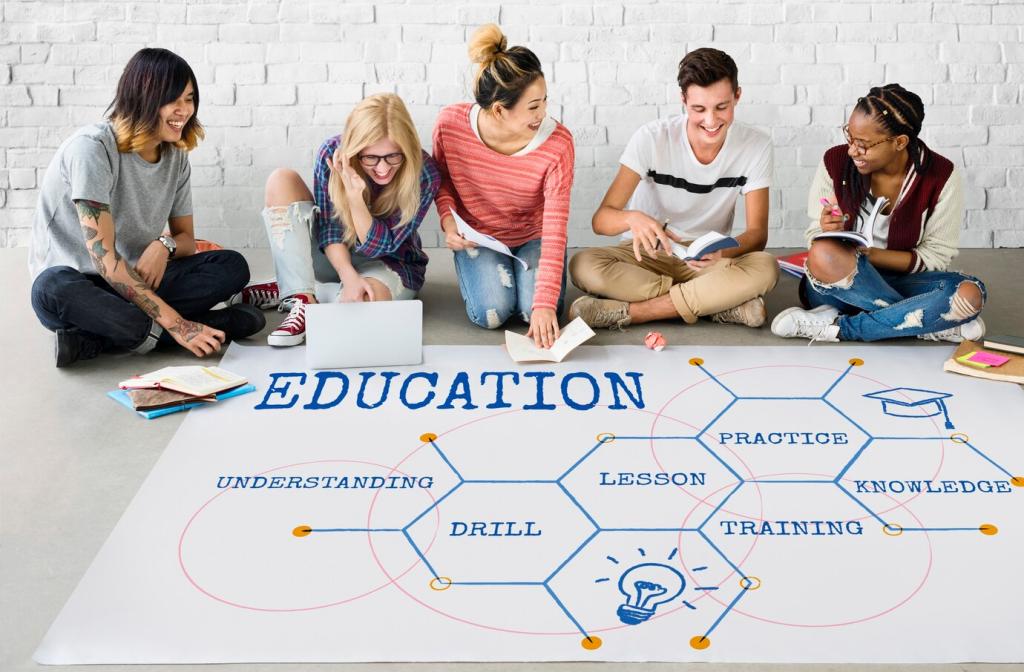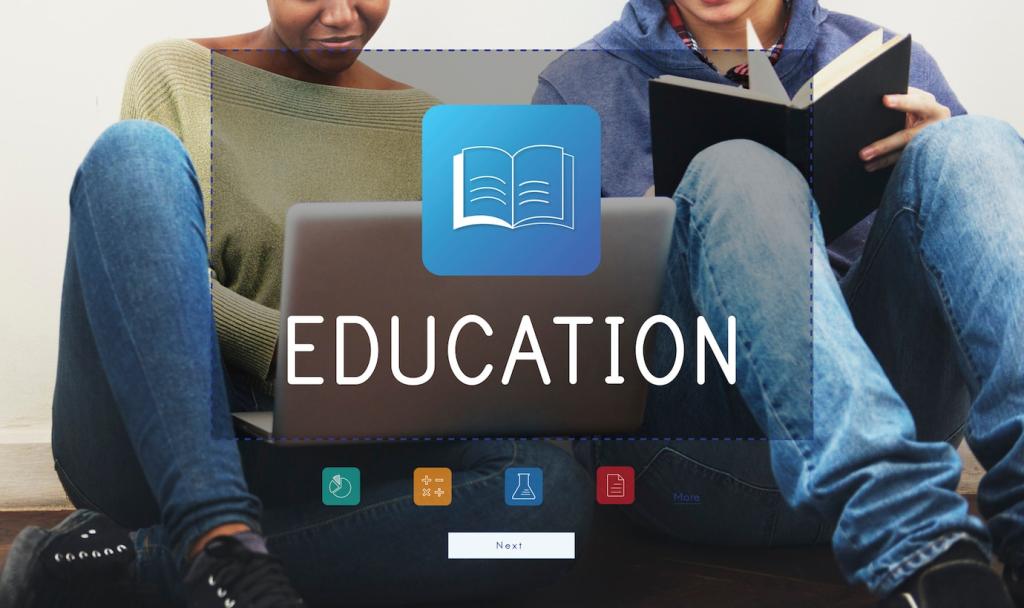IT Education Policy and Implementation: From Vision to Classroom Impact
Chosen theme: IT Education Policy and Implementation. Welcome to a practical, inspiring hub where bold policy ideas turn into daily classroom realities, equitable access, and measurable learning gains. Explore strategy, stories, and tools—and join the conversation shaping tomorrow’s digital learning.

Setting a Clear Policy Vision
Defining Equitable Digital Learning Goals
Start by naming specific outcomes that matter for every learner, from foundational digital literacy to advanced computational thinking. Equity anchors the vision, ensuring rural, urban, and underserved communities benefit from opportunities, devices, connectivity, and culturally responsive pedagogy.


Aligning with National and Local Standards
A coherent vision connects state frameworks, district priorities, and school improvement plans. Map standards to curriculum, assessments, and teacher development, so every policy document supports a consistent pathway from strategic intent to classroom practice and student achievement.
Funding and Governance for Sustainability
Account for devices, software, bandwidth, maintenance, replacements, training, and support desks. Multiyear total cost of ownership models prevent surprises, while reserve funds and staggered refresh cycles keep classrooms modern without destabilizing annual budgets.
Funding and Governance for Sustainability
Collaborate with universities, nonprofits, and industry to extend capacity without ceding mission. Clarify roles, success metrics, and data protections up front, and share results publicly to build trust while expanding opportunities for internships and mentorships.
Funding and Governance for Sustainability
Establish a cross-functional steering committee—curriculum leads, IT, principals, teachers, students, and families. Regular dashboards, published minutes, and open Q&A sessions invite scrutiny, accelerate decisions, and keep the work accountable to community expectations.

This is the heading
Lorem ipsum dolor sit amet, consectetur adipiscing elit. Ut elit tellus, luctus nec ullamcorper mattis, pulvinar dapibus leo.

This is the heading
Lorem ipsum dolor sit amet, consectetur adipiscing elit. Ut elit tellus, luctus nec ullamcorper mattis, pulvinar dapibus leo.
Integrating Computational Thinking Across Subjects
Move beyond standalone courses by weaving algorithms, data, and systems thinking into science labs, history projects, and arts creation. Students apply technology to authentic problems, strengthening transfer, creativity, and ethical decision-making in varied contexts.
Professional Learning That Actually Changes Practice
Sustained coaching, classroom modeling, and micro-credentials beat one-off workshops. Give teachers time to experiment, reflect, and iterate, supported by communities of practice that share lesson artifacts, troubleshoot challenges, and celebrate incremental success.

Robust Data Governance Policies
Define what data is collected, why, and for how long. Use encryption, role-based access, and vendor agreements with explicit deletion timelines. Publish data inventories and give families understandable choices about consent and information sharing.

Cybersecurity Practices for Schools
Adopt multifactor authentication, regular patching, and phishing simulations. Incident response plans, offline backups, and tabletop exercises prepare staff to contain threats quickly, limiting downtime and safeguarding instruction when attacks inevitably test defenses.

Ethical Guardrails for AI in Classrooms
Set clear policies on transparency, bias mitigation, and human oversight. Teach students to question outputs, cite AI assistance, and respect intellectual property, while teachers use AI responsibly for planning, differentiation, and accessibility.
Change Management and Implementation Roadmaps
Phased Rollouts and Learn-as-You-Go Pilots
Start small, evaluate, adjust, and scale. Pilot classrooms surface practical issues—logins, bandwidth, classroom management—before districtwide adoption, saving time and credibility by solving problems early and documenting repeatable practices for broader teams.
Stakeholder Engagement that Builds Momentum
Communicate frequently with students, families, teachers, and community partners. Use town halls, student tech ambassadors, and newsletters to share wins and setbacks honestly, inviting feedback that strengthens ownership and accelerates adoption.
Measuring Impact and Iterating Responsibly
Define success indicators—attendance, engagement, coursework completion, credential attainment—and track them transparently. Pair quantitative data with teacher narratives and student voices to guide course corrections and celebrate progress worth sustaining.
Scaling and Continuous Improvement
Create dashboards that highlight equity gaps, access metrics, and learning outcomes. Share insights in plain language, so leaders, teachers, and families understand where support is needed and where bright spots can be replicated thoughtfully.

